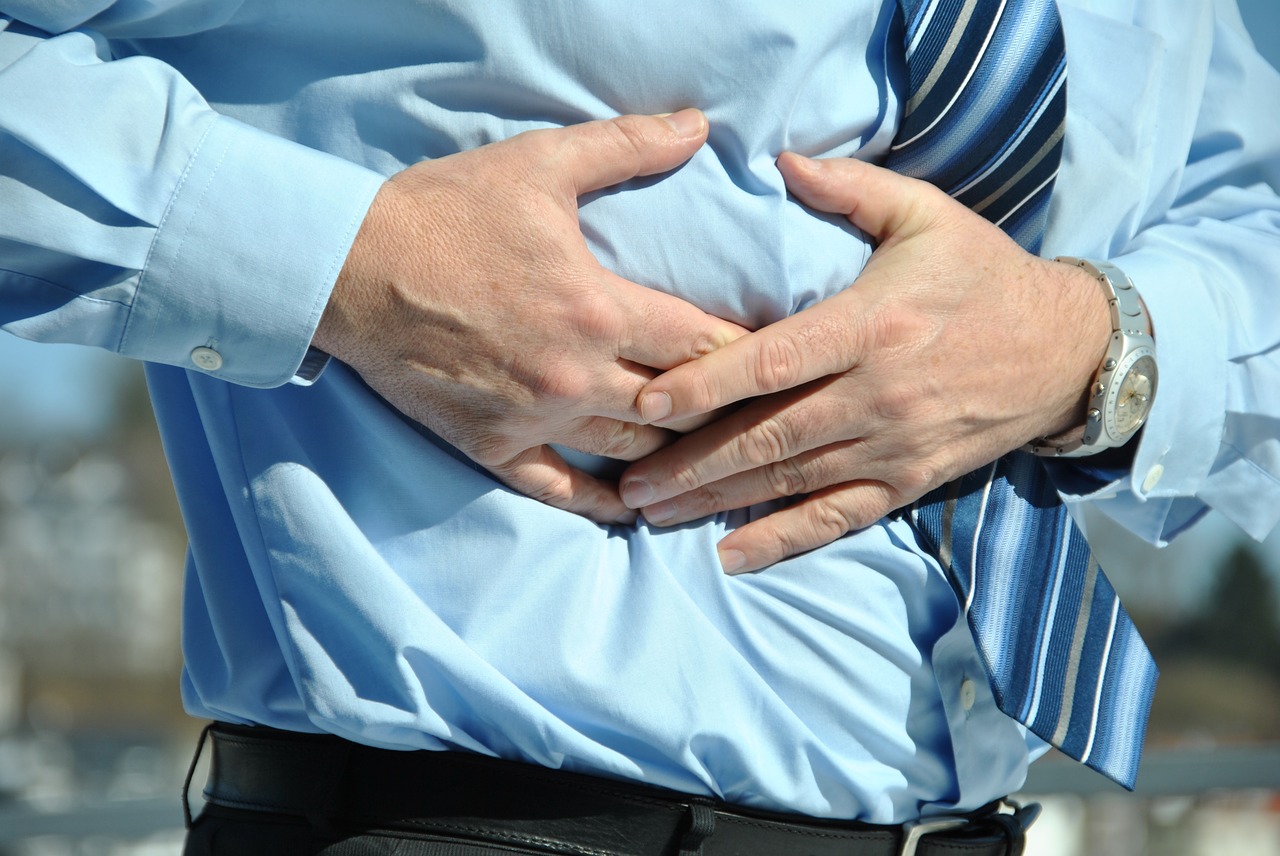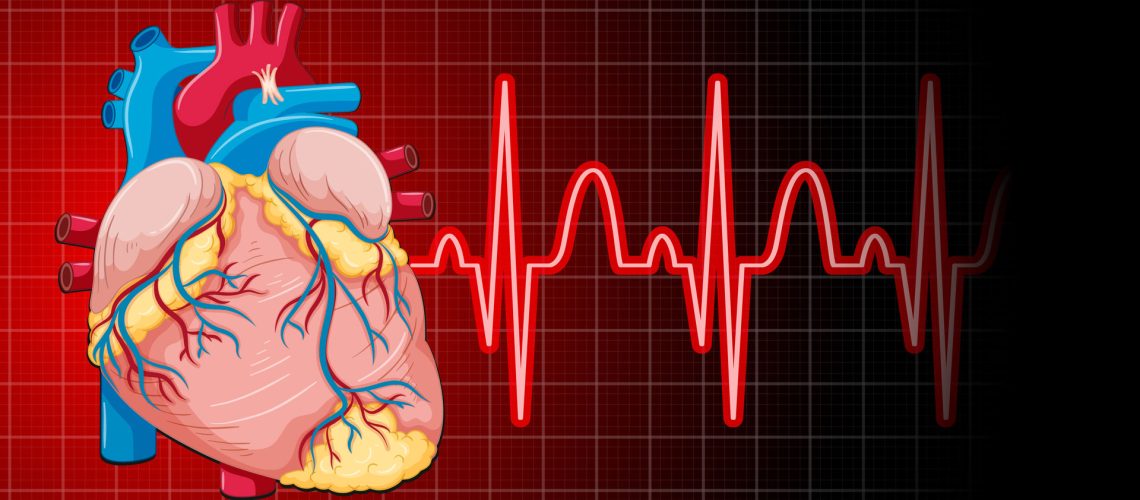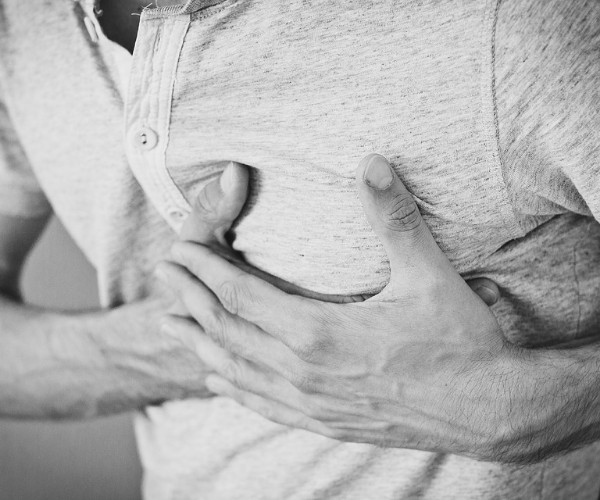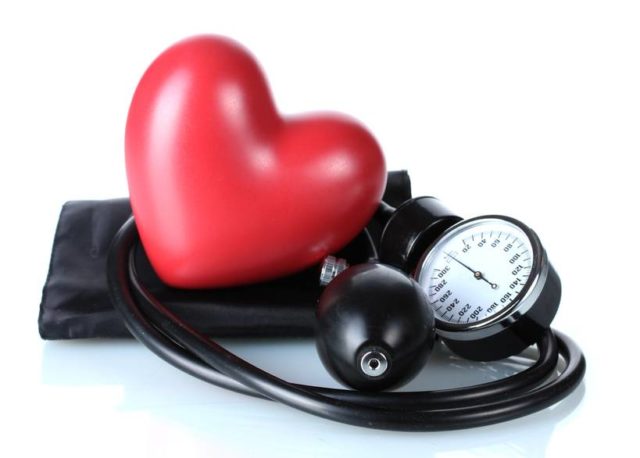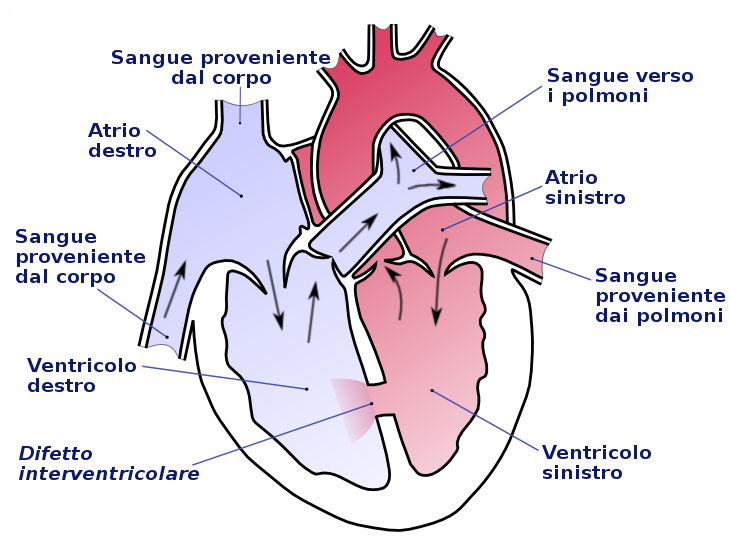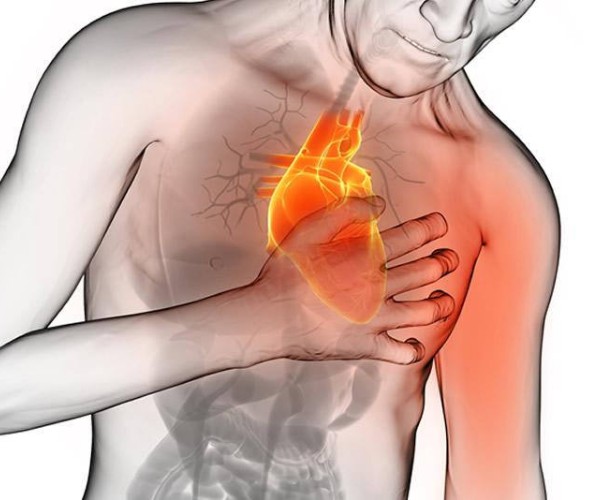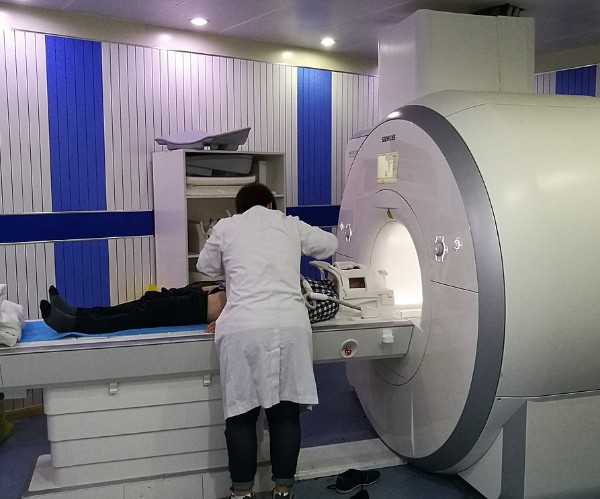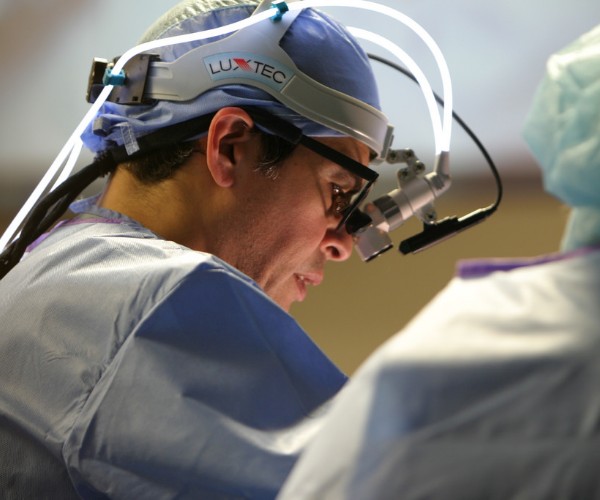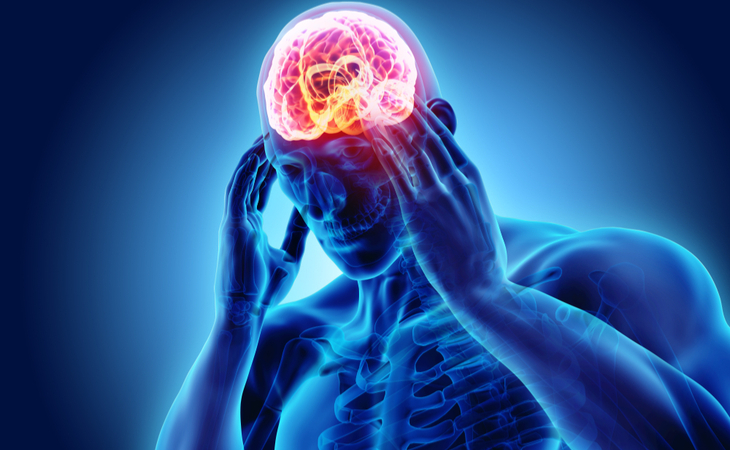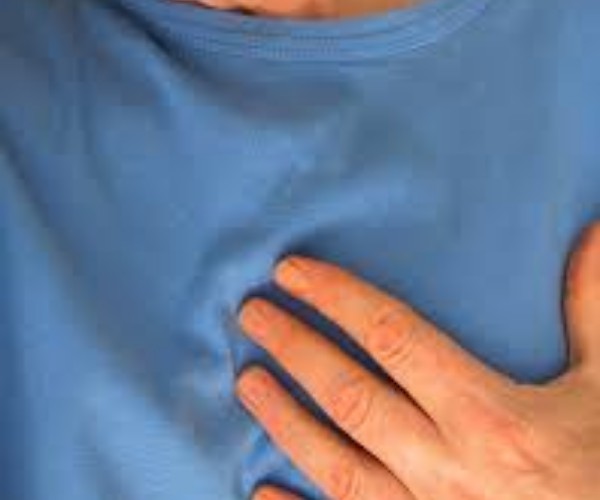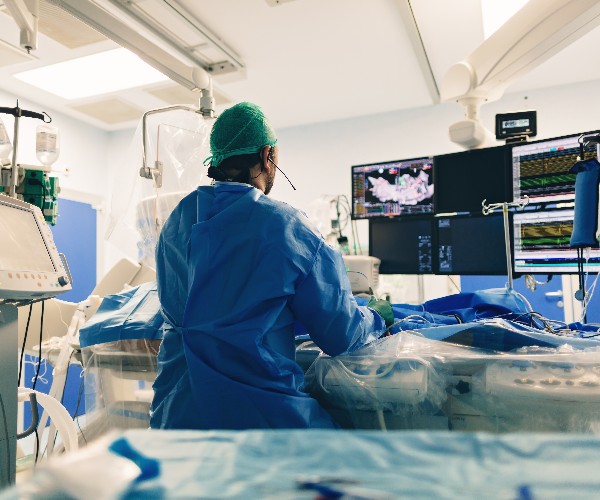DESCRIPTION
Cardiac arrest consists of the cessation of mechanical cardiac activity resulting in the blockage of blood circulation.
The resulting interruption of blood flow to vital organs, particularly the brain and heart, results in a lack of oxygen supply (ischemia). For this reason, unless treated promptly, cardiac arrest results in death.
THE CAUSES.
Sudden cardiac arrest in most cases is related to a myocardial infarction, but it can result from other dysfunctions of the heart (for example arrhythmias) or from cardiovascular, respiratory, traumatic, or metabolic diseases.
CONSEQUENCES.
Each tissue is characterized by a different sensitivity to oxygen deprivation. The absolute most vulnerable cells are the nerve cells, which in oxygen deprivation can survive only 2-3 minutes, an interval within which it is essential to restore blood flow or else damage will develop of a severity proportional to the duration of ischemia. Other possible immediate consequences of cardiac arrest are the appearance of edema, as a result of electrolyte imbalance, and the onset of thrombotic phenomena.
DEMONSTRATIONS
Manifestations may vary depending on the case from sudden and severe respiratory distress to falling to the ground with possible onset of seizure, incontinence of sphincters, taking on a bluish color (cyanosis) and possible muscle spasms. Characteristic element is obviously the absence of pulse.
THE TREATMENT.
Important is rapid intervention with initiation of continuous cardiac massage and immediate defibrillation.
The elective drug is adrenaline.
If resuscitation maneuvers are successful, the patient should be admitted and undergo the appropriate laboratory and instrumental investigations with the intent to identify the cause of the cardiac arrest and undertake the necessary strategies to prevent new episodes, to be evaluated on a case-by-case basis.
MEDICAL MANEUVERS
- Cardiopulmonary resuscitation
- Use of the Defibrillator
THE FOLLOW-UP.
After discharge, the patient should undergo an individualized follow-up program that may consist of systematic monitoring of blood parameters and/or repeat investigations. monitoring of clinical conditions with particular regard to the possible occurrence of late outcomes or complications (e.g., neurological) will be appropriate.










